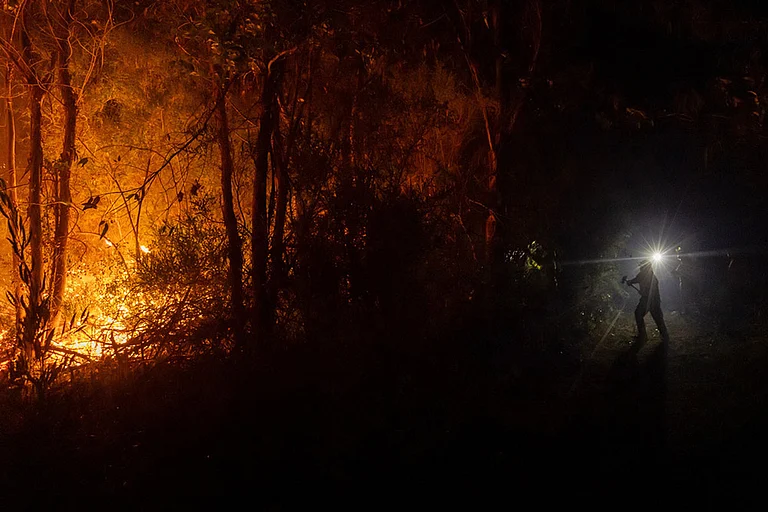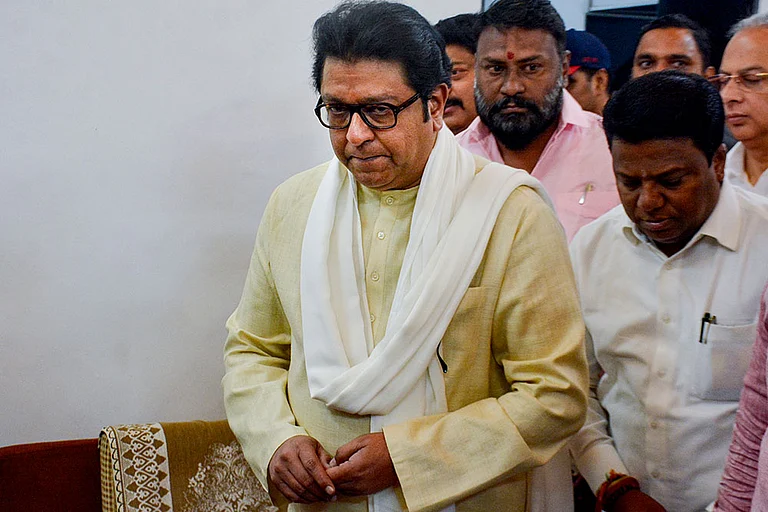Two distinct and paradoxical images from Himalayan regions like Himachal Pradesh have hovered in news reports and social media in the last couple of years. On one hand, the endless reels of captivating mountains and rivers have become a calling for tourists. On the other hand are increasing viral videos of disasters where ‘nature’ is described as becoming ‘furious’, ‘raging’ and even a ‘curse’.
Between these two extremes are endless stories of global climate crises unfolding in the mighty and now increasingly ‘fragile’ Himalayas, with data of rapid glacial melts, snow cover decline, erratic weather patterns, and rise in warming.
In the catchment of Himalayan river basins, far away from the contrasting sensational realities and the deluge of research, are millions of ordinary people, mostly dependent on land and forests for their livelihoods. Their everyday struggle is to adapt, not so much to ‘nature’s wrath’, as to the repercussions of top-down policies of the government and market forces that have impacted the resilience of local landscapes and economic systems. The push for hydropower development in the region is but one example in this scenario. If all the planned hydropower dams are built, then the Himalayas will be the most dam-dense region in the world.
In India, the push is to set up projects to the tune of 1,15,000 MW in the three Himalayan river basins, of which about half will be from the Brahmaputra and the rest from the Indus and Ganga river basins. Himachal Pradesh in the Western Himalaya, falling in the Indus river basin, has the country’s highest installed hydropower capacity of over 10,500 MW. The government plans to double this and take the count of big, medium and large dams to 1,000.
A fancy narrative of ‘sustainable development’ and ‘green growth’, is being spun to justify the increase in building of concrete mega structures that in turn are obstructing and diverting the flow of Himalayan rivers.
Characterised by large-scale underground construction for tunnels and power houses, these projects have disturbed the sensitive and complex geology, triggering hazards. Slope excavation and land-use change have tampered with terrestrial and people’s lives. When a glacial outburst or a flash flood occurs in such terrains that have been de-stabilised, climatic events have turned to disasters claiming human life and property. We saw this in the Uttarakhand tragedies of 2013 and then again in 2021, where the force of the flooding river carrying debris was multiplied by dams and muck, standing as obstructions in its pathway.
A Landslide Hazard Risk Assessment study published by the Himachal Pradesh government’s Disaster Management Authority found that “a huge number of hydropower stations i.e. 67 are under threat of landslide hazard risk…and 10 mega hydropower stations are in the medium and high-risk landslide area”.
A recent report of the National Disaster Management Authority on the Uttarakhand tragedy has flagged the need to look at alternatives to these projects in the high Himalayas. In the long run, this kind of development is a colossal waste of resources—when year after year, crores are lost in damages to and maintenance of public infrastructure. Little wonder then that while we see a rise in installed capacities of hydropower in states like Himachal Pradesh, revenue generation from hydropower remains stagnant.
Even the community of climate scientists have failed to adequately acknowledge risks associated with large-scale hydropower development in the Himalayas. Technocrats in the environment ministry continue to ignore the hazardous impacts of damming Himalayan rivers. ‘Natural calamity’ and ‘global climate change’, have been turned into convenient alibis to carry on with ease-of-doing-business as usual.
(The writer is a researcher-activist based in Himachal Pradesh.)





















